☆ Yσɠƚԋσʂ ☆
- 1.75K Posts
- 2.08K Comments
Right, I think the key difference is that we have a feedback loop and we’re able to adjust our internal model dynamically based on it. I expect that embodiment and robotics will be the path towards general intelligence. Once you stick the model in a body and it has to deal with the environment, and learn through experience, then it will start creating a representation of the world based on that.

 2·2 days ago
2·2 days agoIt seemed pretty clear to me. If you have any clue on the subject then you presumably know about the interconnect bottleneck in traditional large models. The data moving between layers often consumes more energy and time than the actual compute operations, and the surface area for data communication explodes as models grow to billions parameters. The mHC paper introduces a new way to link neural pathways by constraining hyper-connections to a low-dimensional manifold.
In a standard transformer architecture, every neuron in layer N potentially connects to every neuron in layer N+1. This is mathematically exhaustive making it computationally inefficient. Manifold constrained connections operate on the premise that most of this high-dimensional space is noise. DeepSeek basically found a way to significantly reduce networking bandwidth for a model by using manifolds to route communication.
Not really sure what you think the made up nonsense is. 🤷

 61·3 days ago
61·3 days agoI’m personally against copyrights as a concept and absolutely don’t care about this aspect, especially when it comes to open models. The way I look at is that the model is unlocking this content and making this knowledge available to humanity.

 31·3 days ago
31·3 days agoAh yes, they must be stealing IP from the future when they publish novel papers on things nobody’s done before!

 33·5 days ago
33·5 days agoI do indeed hate living under capitalism

 2·6 days ago
2·6 days agoI’m actually building LoRAs for a project right now, and found that qwen3-8b-base is the most flexible model for that. The instruct is already biased for prompting and agreeing, but the base model is where it’s at.

 3·6 days ago
3·6 days agoYup, and this is precisely why it was such a monumental mistake to move away from GPL style copyleft to permissive licenses. All that achieved was to allow corporations to freeload.

 5·7 days ago
5·7 days agoI very much agree there, but think of how much worse it would be if we were stuck dealing with proprietary corporate tech instead.

 7·7 days ago
7·7 days agoHow is that wishful thinking? Open models are advancing just as fast as proprietary ones and they’re now getting much wider usage as well. There are also economic drivers that favor open models even within commercial enterprise. For example, here’s Airbnb CEO saying they prefer using Qwen to OpenAI because it’s more customizable and cheaper
I expect that we’ll see exact same thing happening as we see with Linux based infrastructure muscling out proprietary stuff like Windows servers and Unix. Open models will become foundational building blocks that people build stuff on top of.
I mean you can believe whatever you like. I’m obviously not going to convince you of anything here. We’ll just have to wait and see who’s right.

 31·8 days ago
31·8 days agoEurope is pretty much entirely dependent on US platforms having failed to develop their own the way China and Russia did. There’s no European Yandex or Baidu equivalent, no European Alibaba, and so on.
A few more
- The US withdraws from NATO causing it to fall apart
- The US annexes Greenland
- The US invades Venezuela
- A country exits the EU
- A major financial crash in the west
- Israel and the US attack Iran
- Far right parties form governments in major European countries
- Organized resistance of the AFU collapses
- Ukraine goes bankrupt due to insufficient funding from the west
- There’s a major break up between the US and Europe

 2·9 days ago
2·9 days agomaybe it’s a vacuum lifter :)
Hopefully this stuff pans out. I’d love see it happen.
This is existing high performance hardware that you can buy. I’d love for there to be something equivalent built using RISCV, but there’s not.

 2·16 days ago
2·16 days agoHonestly, I suspect it makes very little difference in practice which one you’re using if you’re going to communicate with people outside Proton. If I use Gmail, and you send me an email from your Proton account, guess what happens.
I haven’t actually tried that. I got it running on my M1, but only used it with the laptop screen.
My view is that all corps are slimy, some are just more blatant about it than others. I do agree that Apple stuff tends to be overpriced, and I’ve love to see somebody else offer a similar architecture using RISCV that would target Linux. I’m kind of hoping some Chinese vendors will start doing that at some point. What Apple did with their architecture is pretty clever, but it’s not magic and now that we know how and why it works, seems like it would make sense for somebody else to do something similar.
The big roadblock in the west is the fact that Windows has a huge market share, and the market for Linux users is just too small for a hardware vendor to target without having Windows support. But in China, there’s an active push to get off US tech stack, and that means Windows doesn’t have the same relevance there.
Exactly, and there is already some work happening in that regard. This project is focusing on making a high performance RISCV architecture https://github.com/OpenXiangShan/XiangShan

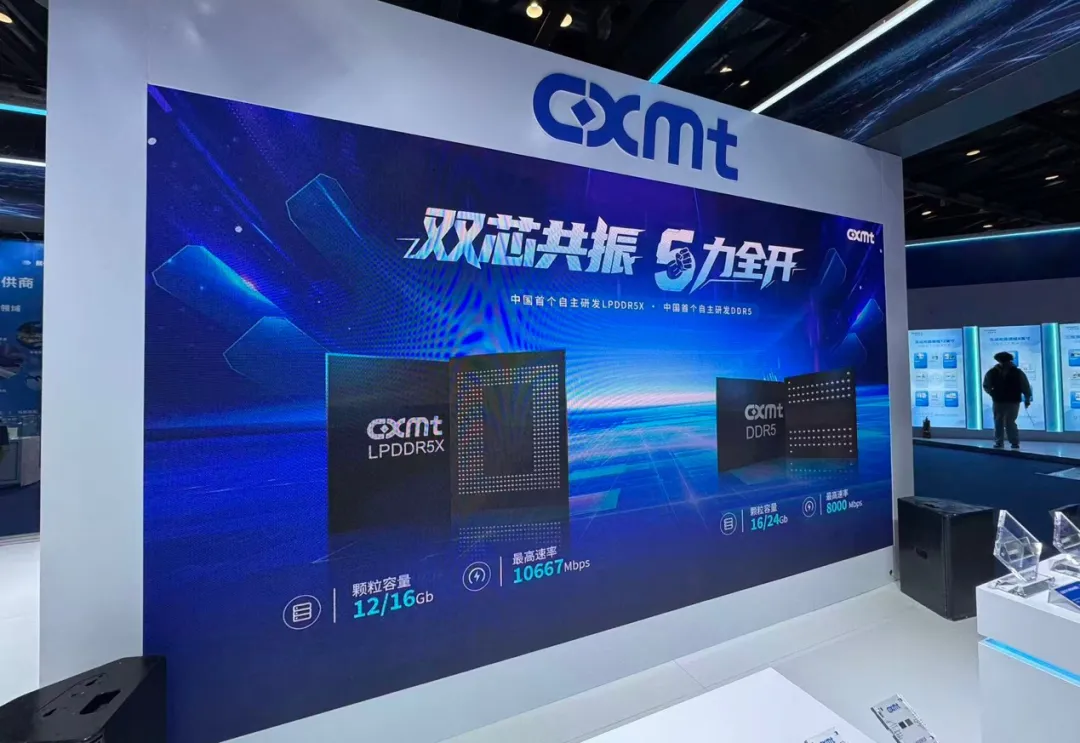
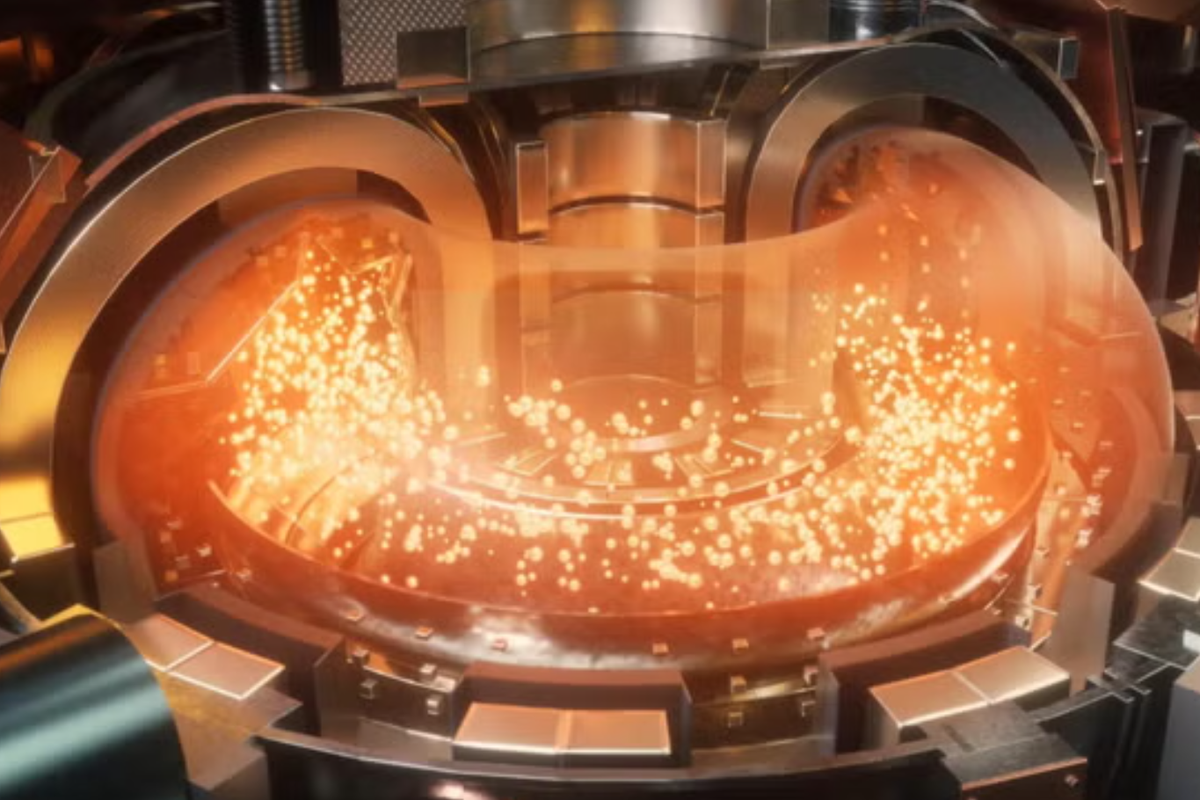


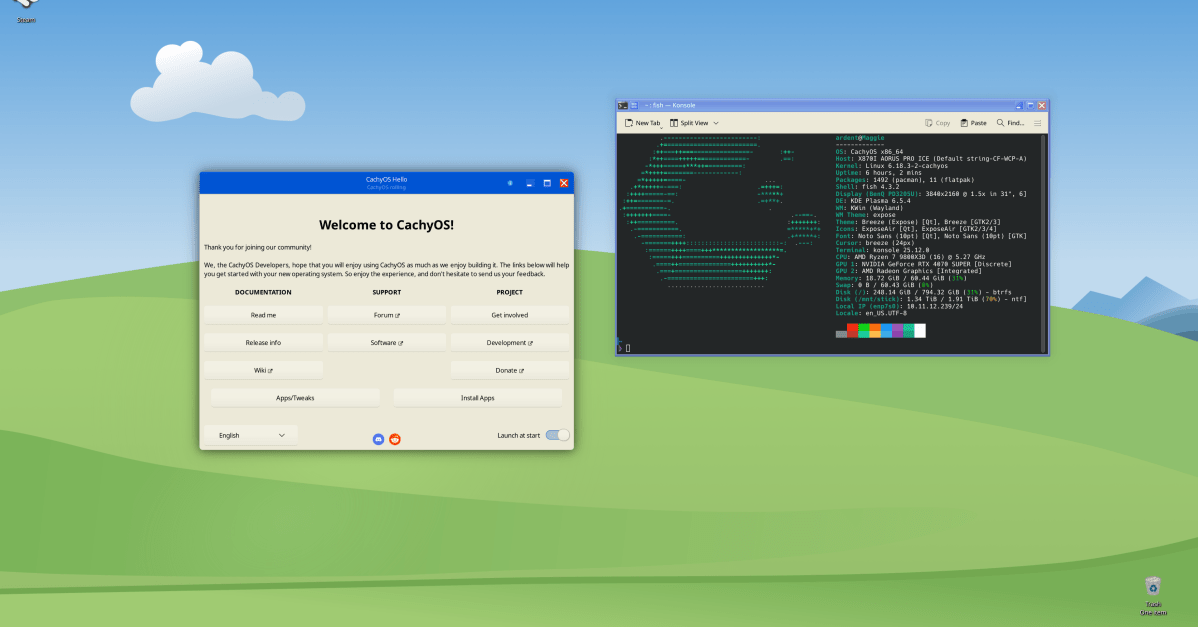
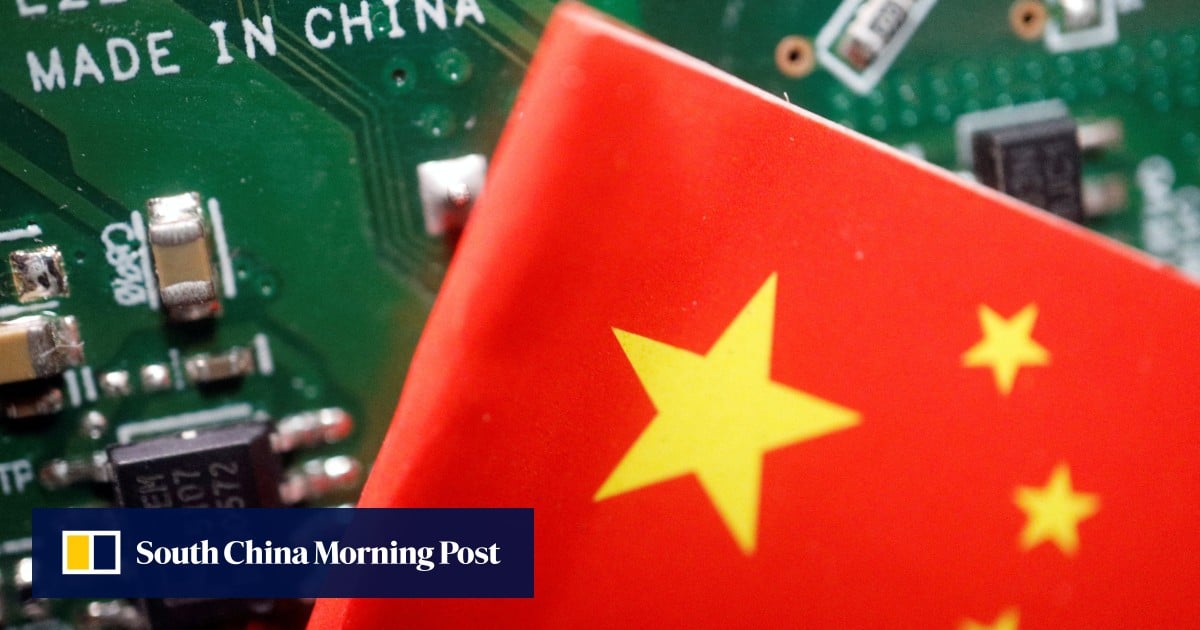
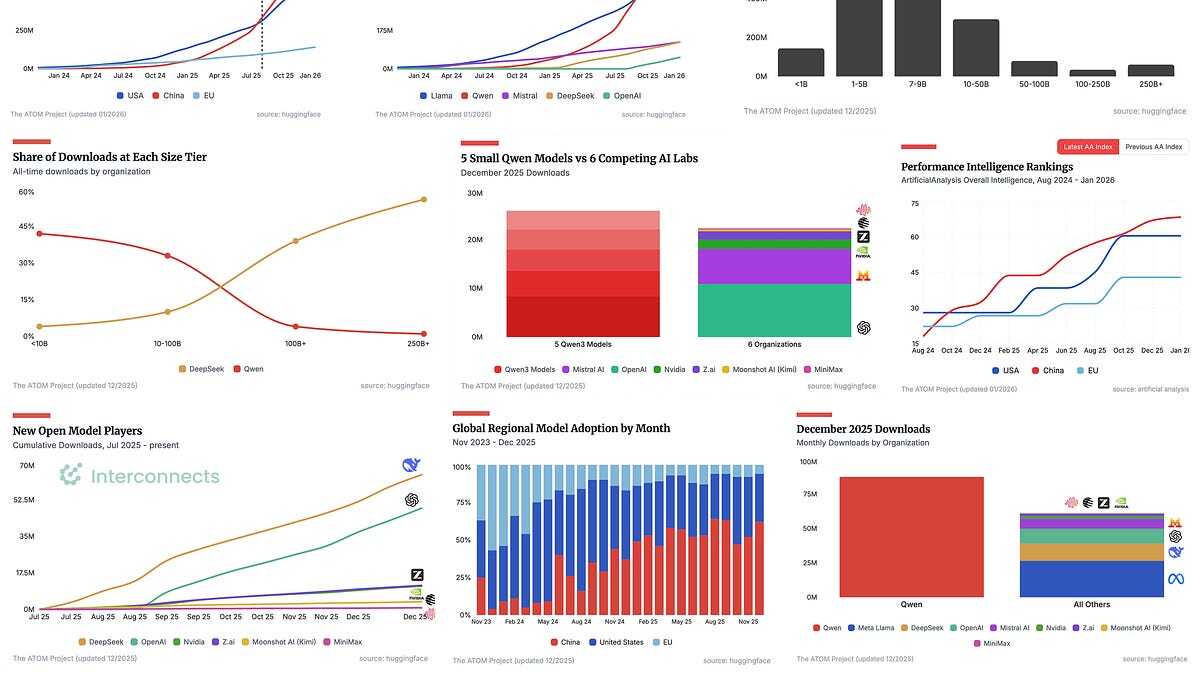
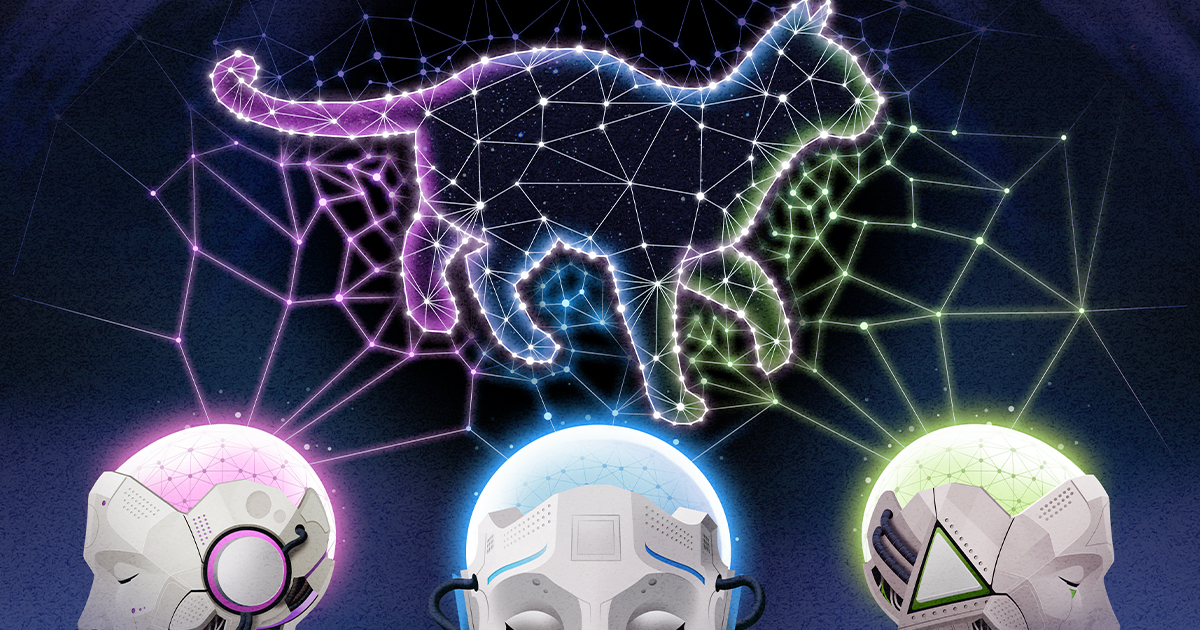

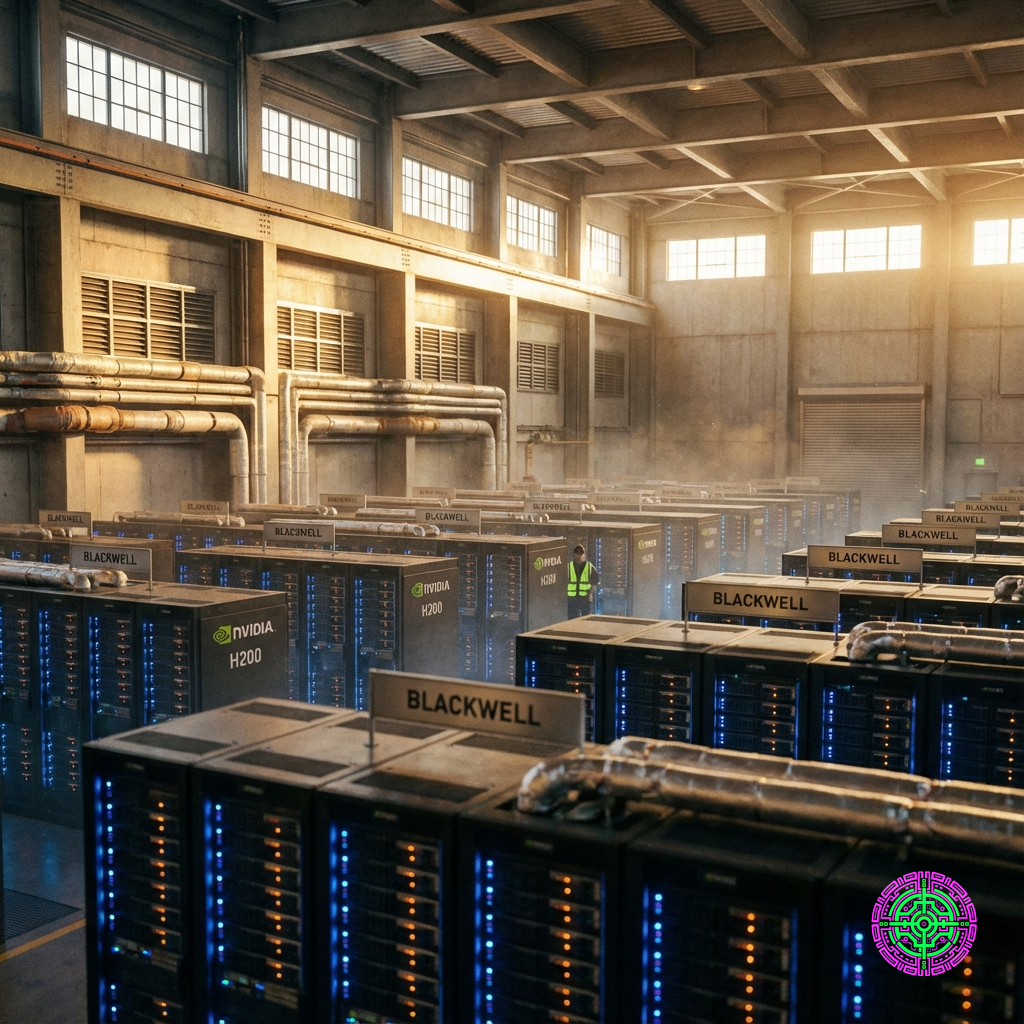

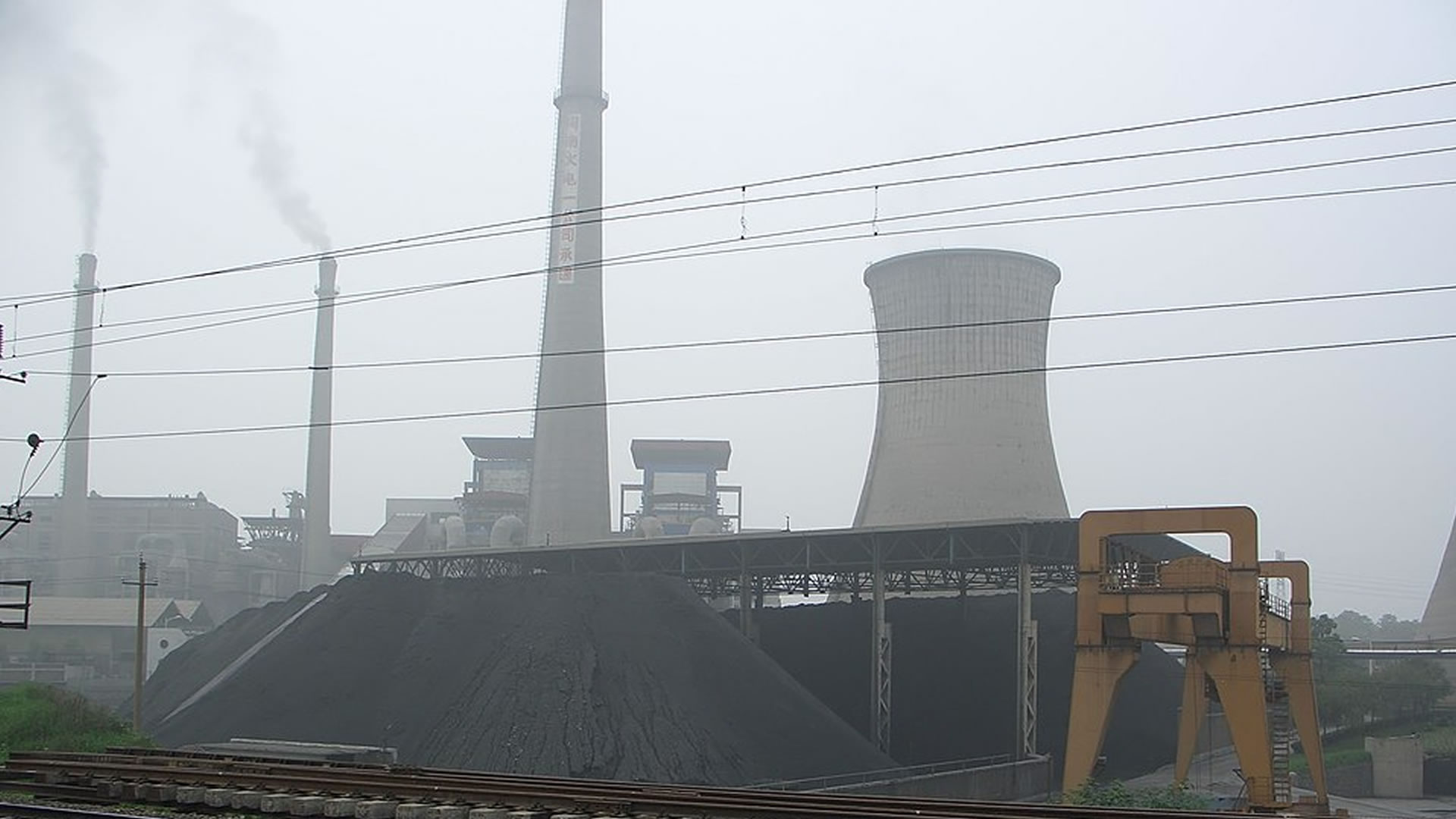


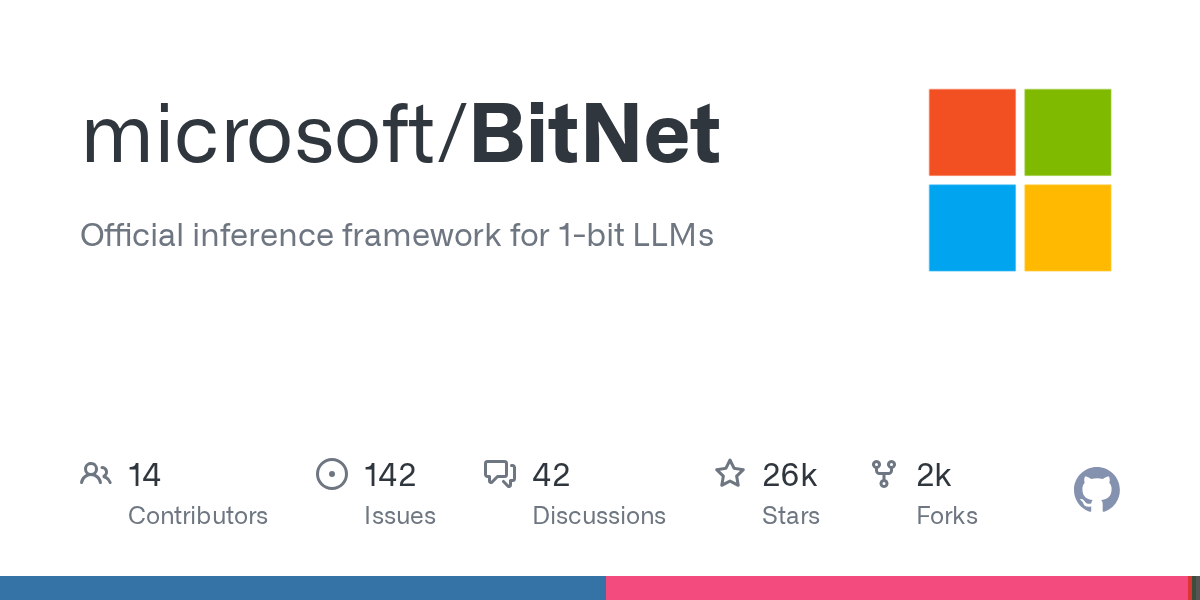


or maybe it’s the capitalist relations and not the technology that’s the actual problem here